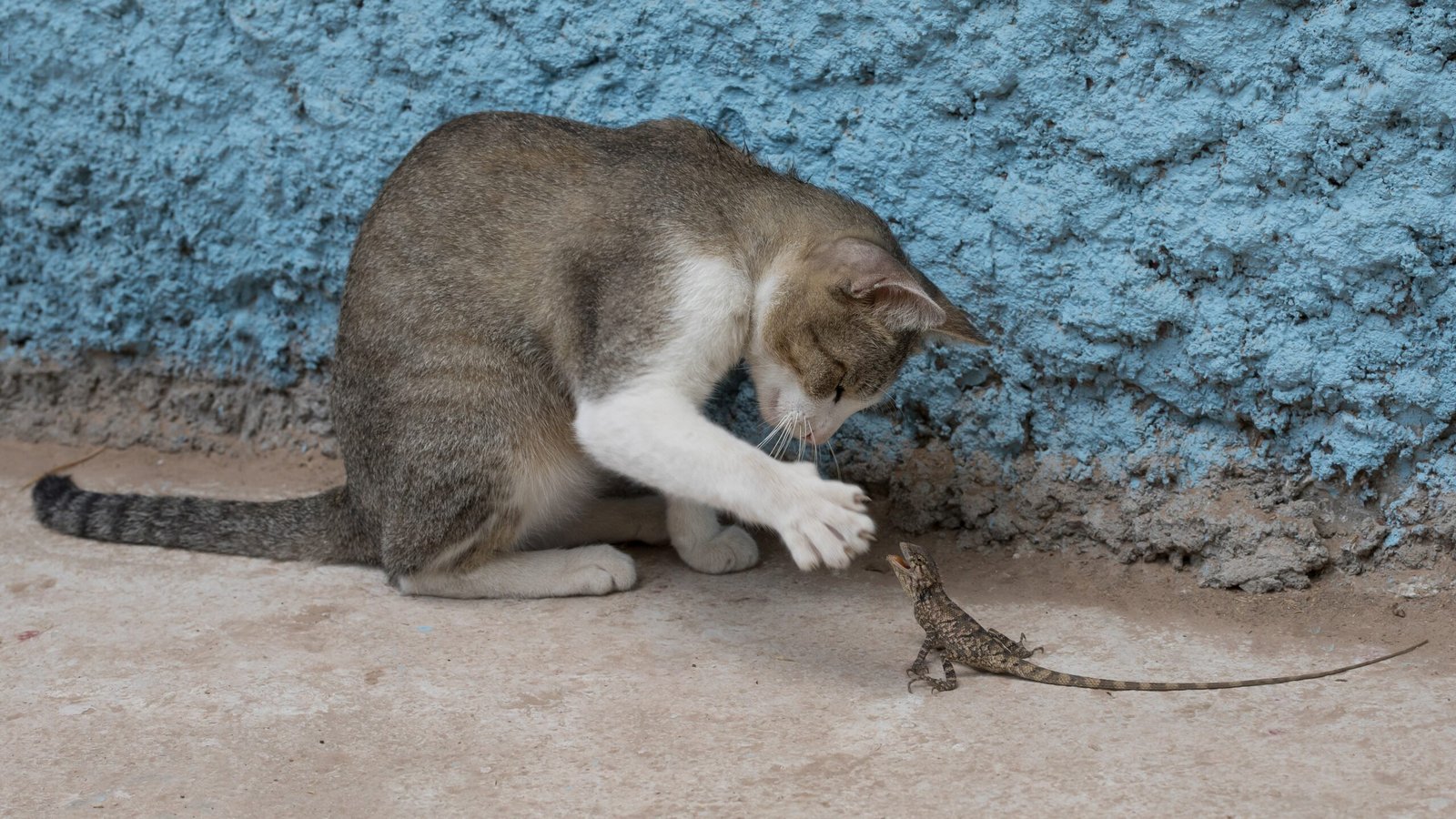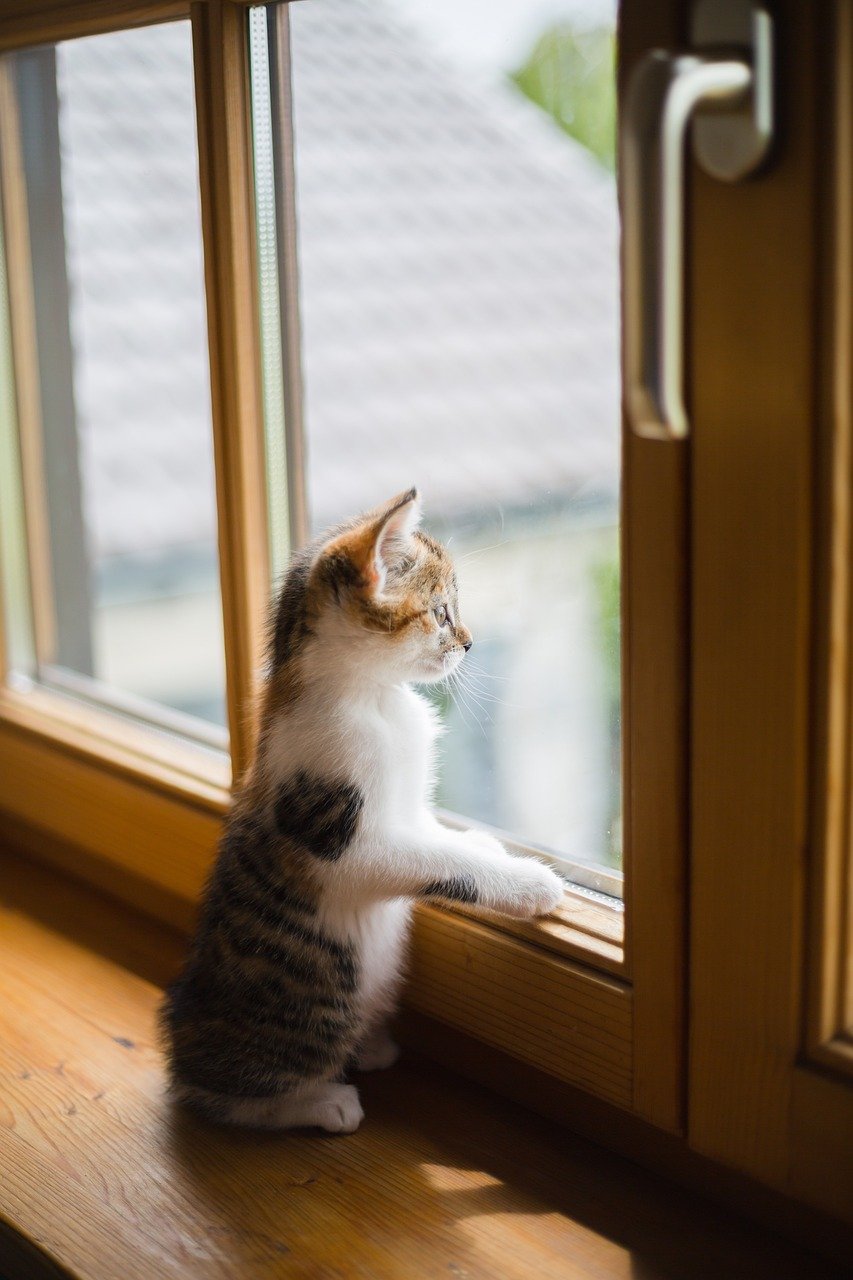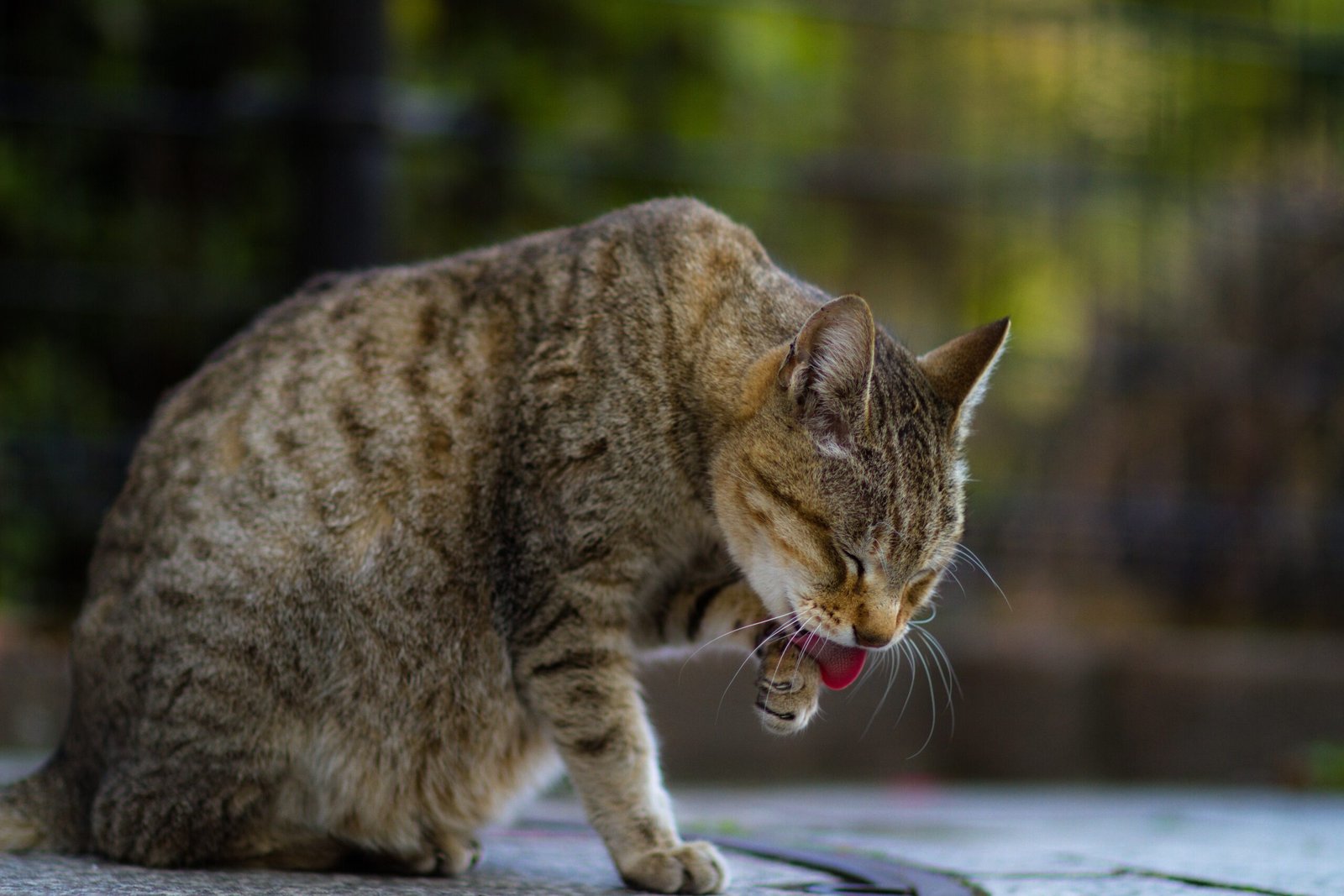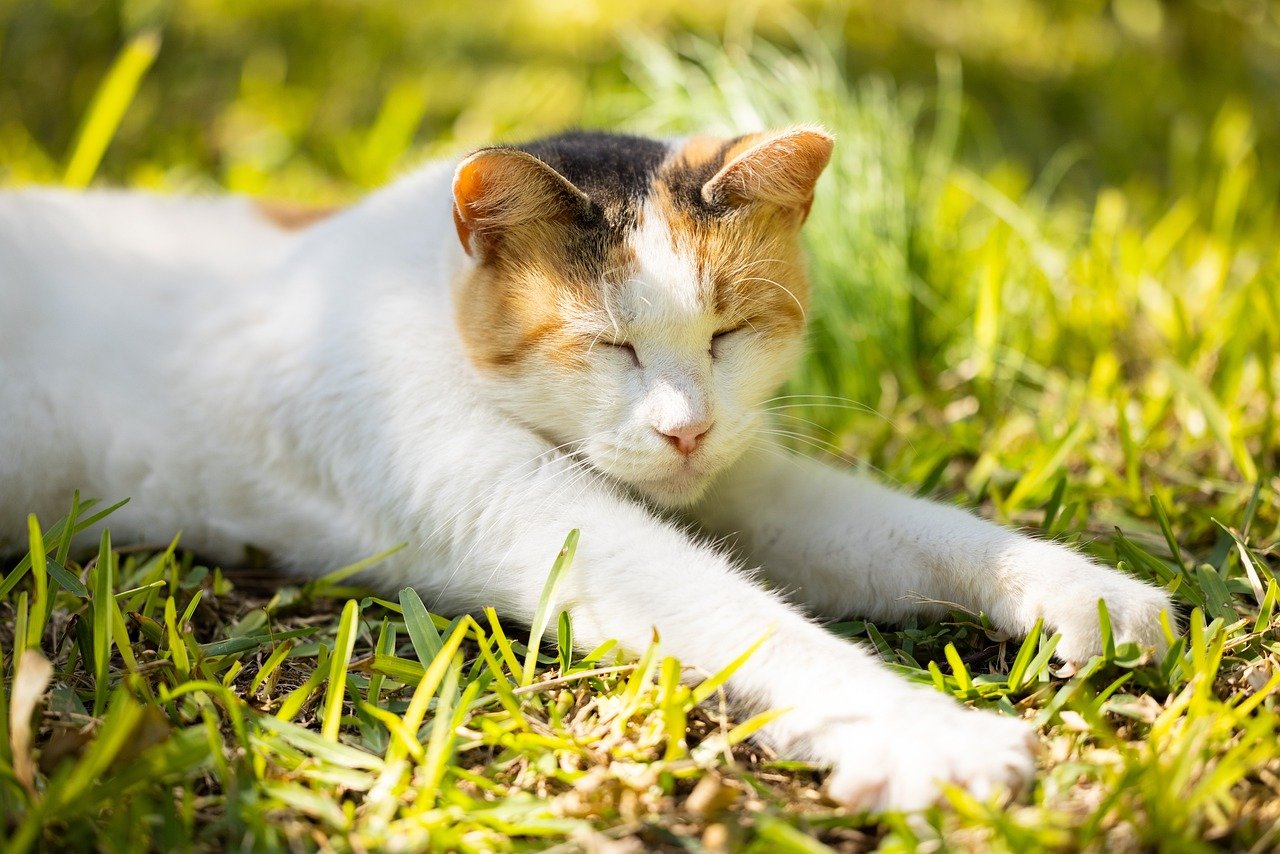Have you ever looked into your cat’s eyes and wondered what they’re truly thinking? Cats are mysterious creatures, filled with secrets, quirks, and silent requests. Sometimes, it feels like they’re speaking a language only they understand. But what if you could bridge that gap and show your cat you really get them? Imagine the trust, affection, and comfort you could give your furry friend by meeting their deepest needs. Let’s explore the heartfelt ways to connect with your cat, making them feel seen, safe, and utterly loved.
Read Their Body Language Closely

Cats don’t speak with words, but their bodies tell entire stories. A flicking tail, flattened ears, or slow blinks can mean more than you think. Learning to notice these subtle signals shows your cat you’re paying attention. For example, a cat with an arched back and puffed-up fur isn’t just looking dramatic—they’re scared or startled. When your kitty gives you a slow blink, it’s like a feline “I love you.” By responding gently when your cat seems anxious, and returning their slow blinks, you’re showing you understand their emotional world. This silent conversation builds trust and makes your cat feel safe around you.
Respect Their Personal Space

Not every cat is a cuddle bug, and even the friendliest feline sometimes needs alone time. Recognizing and respecting your cat’s boundaries is crucial. If your cat retreats under the bed or into a quiet corner, let them be. Pushing for attention when they want solitude can make them anxious or even cause them to avoid you in the future. Instead, create cozy hideaways where they can retreat whenever they choose. Over time, your respect for their space will encourage them to seek your company on their own terms, strengthening your bond.
Offer a Variety of Scratching Posts

Scratching is not just a mischievous habit—it’s a vital part of a cat’s health and happiness. It helps them stretch, mark territory, and keep their claws healthy. Providing different types of scratching posts—vertical, horizontal, and even cardboard pads—lets your cat pick their favorite. Place these options in their favorite rooms and near resting spots. When you encourage scratching on these items, you show your cat you understand their natural instincts. Plus, your furniture will thank you!
Keep Their Litter Box Clean

A clean litter box is a must for every cat’s comfort and health. Cats are notoriously fussy about their bathroom habits. If the box is dirty, they might protest by going elsewhere, which is their way of telling you something’s wrong. Scoop the litter daily, change it regularly, and keep the area tidy. Providing more than one box in multi-cat homes is even better. Cleanliness tells your cat you care about their well-being and makes them feel secure in their environment.
Engage in Interactive Playtime

Cats are natural hunters, and playtime is more than just fun—it’s essential exercise and mental stimulation. Using wand toys, laser pointers, or even crumpled paper balls can turn a lazy afternoon into an exciting adventure. Set aside time each day to play with your cat, varying the toys and games to keep things fresh. Interactive play not only burns off energy but also deepens your connection. Your cat will appreciate your effort to understand and satisfy their playful spirit.
Feed Them a Nutritious Diet

A well-fed cat is a happy cat, but not all cat foods are created equal. Cats are obligate carnivores, needing specific nutrients found only in animal proteins. Choose high-quality cat food that fits your cat’s age, health, and preferences. Fresh water should always be available, and treats should be given in moderation. Watching your cat’s weight and health shows you’re tuned in to their needs. Regularly reviewing their diet proves you care about their long-term happiness.
Provide Cozy Resting Spots

Cats spend much of their lives sleeping—sometimes up to 16 hours a day! They crave comfort and safety when it’s time to nap. Soft blankets, cat beds, or even a sunny window perch can make all the difference. Rotate resting spots to keep things interesting and make sure they are in peaceful parts of your home. When you provide these inviting spaces, you’re showing your cat you understand their need for warmth and security.
Offer Vertical Space and Climbing Opportunities

Cats love to climb and observe their world from above. Shelves, cat trees, or window ledges give them a sense of territory and safety. Install cat-friendly furniture or clear a spot on a bookshelf for them to survey their domain. This extra space allows your cat to escape household chaos, watch birds outside, or just nap in peace. Giving your cat vertical options shows you understand their natural instincts and desire for adventure.
Use Gentle, Positive Reinforcement

Cats respond best to kindness and patience, not punishment. When they do something you like, such as using the scratching post or coming when called, reward them with treats, gentle words, or a favorite toy. Avoid yelling or physical discipline if they misbehave—this only breeds fear and confusion. Consistently using positive reinforcement makes your cat feel secure and understood, encouraging good behavior and strengthening your bond.
Schedule Regular Vet Checkups

Cats are masters at hiding discomfort or pain. Regular veterinary visits help catch issues early, from dental problems to chronic illnesses. Even if your cat seems healthy, annual checkups are essential. Keep up with vaccinations, parasite control, and dental care. Showing up for your cat’s health needs demonstrates deep understanding and love, ensuring they live a long, vibrant life by your side.
Rotate and Refresh Their Toys

Just like people, cats can get bored with the same old routine. Rotating their toys keeps things exciting and stimulates their natural curiosity. Swap out toys every week or introduce something new—a feather wand, a puzzle feeder, or even a cardboard box. Observing which toys your cat loves most and responding to their preferences shows attentiveness. A playful cat is a happy cat, and your efforts won’t go unnoticed.
Give Them Safe Outdoor Experiences

Some cats crave the sights and smells of the great outdoors. If it’s safe, consider a secure catio, harness walks, or supervised backyard time. Watch how your cat responds and never force them outside if they seem stressed. These experiences can enrich their lives, providing stimulation and adventure. By understanding their curiosity and balancing it with safety, you make your cat’s world bigger and brighter.
Pay Attention to Grooming Needs

Cats usually groom themselves, but sometimes they need a helping hand. Long-haired breeds may need daily brushing, while short-haired cats benefit from weekly sessions. Grooming is more than just hygiene—it’s a bonding opportunity. Use a soft brush and gentle touch, making it a relaxing ritual. If your cat resists, try short sessions and reward them afterward. Being attentive to their grooming needs is a loving gesture that shows you care about their comfort.
Respond to Their Vocalizations

Meows, chirps, and trills are all ways your cat talks to you. Some cats are chatty, while others are mostly silent. Pay attention to the sounds your cat makes and what they mean—are they asking for food, attention, or just saying hello? Responding with words or gentle pats lets your cat know you’re listening. Over time, you’ll develop your own language together, deepening your connection.
Offer Hiding Spots for Security

Cats feel safest when they have somewhere to hide. Whether it’s a cardboard box, a covered bed, or a cozy closet nook, these spaces are essential for their well-being. Hiding spots help cats cope with stress, loud noises, or visitors. By providing and respecting these safe zones, you’re showing your cat you understand their need for security. It’s a small gesture with a big impact.
Let Them Scent Mark Their Territory

Cats have scent glands on their cheeks and paws, and rubbing these areas on furniture or people is how they claim territory. Instead of scolding your cat for rubbing against you, take it as a compliment! Encourage this behavior with cat-safe furniture and scratching posts. If you move things around, allow your cat to re-mark their favorite spots. Recognizing this need makes your cat feel confident and at home.
Maintain a Predictable Routine

Cats thrive on consistency. Sudden changes in feeding times, play sessions, or even your daily schedule can stress them out. Try to keep routines steady, especially around meals and bedtime. If you need to make changes, introduce them gradually. A predictable routine gives your cat a sense of control and comfort, showing you understand how much stability means to them.
Introduce Changes Slowly

Whether it’s a new pet, furniture, or even a different brand of food, cats prefer gradual introductions. Sudden changes can cause anxiety and behavioral problems. Allow your cat to explore new things at their own pace, and offer treats or affection as reassurance. Your patience demonstrates empathy, helping them adapt without fear.
Celebrate Their Unique Personality

Every cat is an individual, with their own quirks, likes, and dislikes. Some are lap lovers, others are independent explorers. Take time to learn what makes your cat special—whether it’s a favorite spot, a funny habit, or a preferred treat. Celebrate these traits and let your cat be themselves. Honoring their uniqueness is the ultimate way to show you truly understand and love them.
Be There in Times of Stress

Thunderstorms, fireworks, or even a trip to the vet can rattle your cat’s nerves. In these moments, your calm presence can be a huge comfort. Offer a quiet room, soothing words, or gentle petting if they want it. Stay patient and supportive, letting your cat come to you when they’re ready. By being there when your cat needs you most, you show a deep understanding of their fears and a promise of unwavering support.
Use Your Voice Softly and Lovingly

Cats are sensitive to tone and volume. Speaking to them in a soft, gentle voice helps them feel safe and connected. Try using their name often, or even singing quietly if they seem to enjoy it. Loud or harsh voices can frighten them, so keep your communication calm and loving. Your voice can be a source of comfort, letting your cat know they’re cherished every day.
Hi, I’m Bola, a passionate writer and creative strategist with a knack for crafting compelling content that educates, inspires, and connects. Over the years, I’ve honed my skills across various writing fields, including content creation, copywriting, online course development, and video scriptwriting.
When I’m not at my desk, you’ll find me exploring new ideas, reading books, or brainstorming creative ways to solve challenges. I believe that words have the power to transform, and I’m here to help you leverage that power for success.
Thanks for stopping by, Keep coming to this website to checkout new articles form me. You’d always love it!






